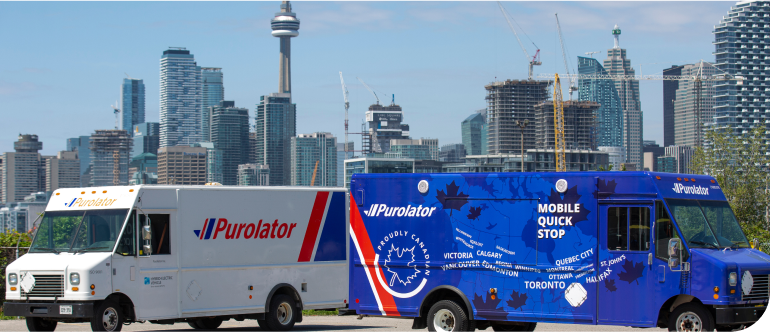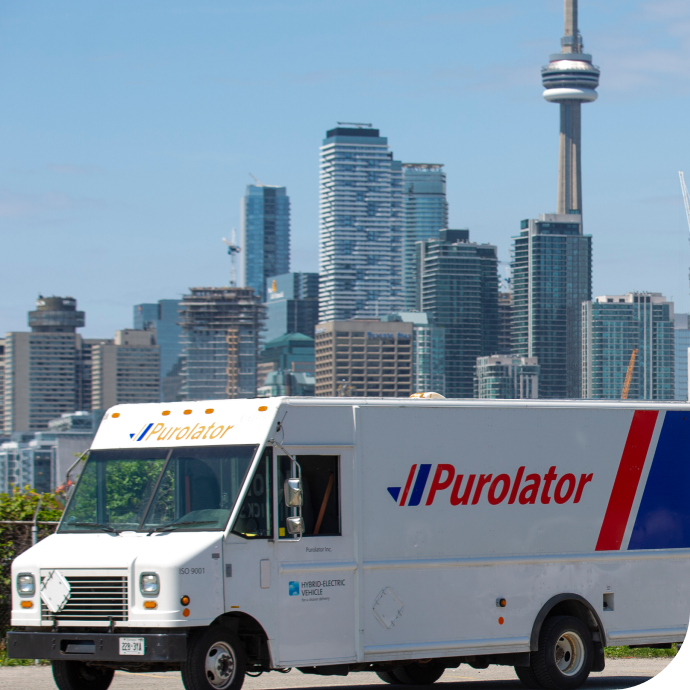Transportation
Index Score
Thematic Breakdown
Policy Score
Policy Score
In the absence of new major fiscal spending programs and emissions reduction policies, higher federal carbon prices were the primary factor driving up the index in 2024. However, Clean Fuel Regulations policy, legislated in mid-2023, is already having an impact, with renewable fuel production increasing 30% in the yearEndnote 2.
Detailed Scorecard
Indexed to 2019
baseline year
Weighted contribution to transportation sector score
Capital Score
Capital Score
Federal and Quebec EV subsidy programs, budgeted at a combined $1 billion, helped the capital index eke out gains for the yearEndnote 3. The funding was enough to offset declines in venture capital and private equity investments in transport climate-tech during the year.
Detailed Scorecard
Indexed to 2019
baseline year
Weighted contribution to transportation sector score
Action Score
Action Score
The action index has quadrupled over the past five years with more than 190,000 new EVs sold in the first nine months of 2024Endnote 4. Estimated EV sales growth of over 30% has outpaced overall car sales growth of 10% in 2024 compared to 2023Endnote 5. A near-doubling of new public chargers in the year to more than 31,000 total public chargers across the country is another plusEndnote 6.
Detailed Scorecard
Indexed to 2019
baseline year
Weighted contribution to transportation sector score
Emissions Score
Emissions Score
Emissions most likely plateaued at around 158 Mt CO2e, similar to the past two yearsEndnote 7. The year 2024 marks the first decline in sector emissions following the post-pandemic recovery, according to the Emissions Reduction Plan.
Detailed Scorecard
Indexed to 2019
baseline year
Weighted contribution to transportation sector score
Historical Trends
Policy:
Capital:
Consumer Action:
Emissions:
Business Action:
Technology:
Total:
Policy:
Capital:
Consumer Action:
Emissions:
Business Action:
Technology:
Total:
Policy:
Capital:
Consumer Action:
Emissions:
Business Action:
Technology:
Total:
Policy:
Capital:
Consumer Action:
Emissions:
Business Action:
Technology:
Total:
Policy:
Capital:
Consumer Action:
Emissions:
Business Action:
Technology:
Total:
Policy:
Capital:
Consumer Action:
Emissions:
Business Action:
Technology:
Total:


CASE STUDYEndnote 8
Purolator: Transitioning the fleet, mile by mile
The Issue
Canada’s transportation sector has a substantial carbon footprint—22% of the country’s overall emissions, which is second only to the oil and gas sector. The freight sector alone accounts for 7% of Canada’s emissions. As other industries focus on their Scope 3 emissions—emanating from their supply chains, such as freight and distribution—logistics firms are under pressure to demonstrate their decarbonization bona fides.
The Company
Purolator, which is 91% owned by Canada Post, a Crown Corporation, has ambitions to be the country’s greenest courier, with clear net-zero targets by 2050. It’s well on its way with Scope 1 and 2 emissions cut by 11% in 2023—part of its ambition to cut its greenhouse gas footprint by 42.7% (from a 2020 base year) by 2030. Deeper cuts would involve sourcing 100% renewable electricity by 2030. So when Purolator earmarked $1 billion to decarbonize its fleet and infrastructure, the company knew it had to address two challenges at each end of its business spectrum: create a low-carbon fleet that can traverse Canada’s far-flung geography but also navigate its densest cities.


The Opportunity
Purolator’s customers, conscious of their Scope 3 emissions, increasingly want details on the company’s plans to lower its carbon footprint— from buildings to business travel emissions. Purolator saw an opportunity to differentiate itself from the competition, sparking a company-wide effort to electrify delivery vehicles, divert waste from landfill and source sustainable aviation fuel. It was an everything-on-the-table approach to constraining carbon.
The Technology
Purolator bought 95 new all-electric trucks in 2023, as part of its goal to electrify 60% of its last-mile delivery fleet – approximately 3,000 vehicles across more than 60 terminals. But before rolling out EVs at scale, the company initiated pilot programs in major urban centres like Vancouver, Quebec City and London, Ont., to assess vehicle and battery performance, and infrastructure needs. This brought to the fore technical challenges unique to Canadian operations, including battery performance in cold weather. It also required Purolator to work with utilities, governments and industry experts to deploy charging infrastructure across cities.
As Purolator deployed EVs and learned more about the types of vehicles that would best fit its use cases in Canada, it began collaborating directly with original equipment manufacturers (OEMs). In British Columbia, where clean fuel standards supported renewable diesel usage, it partnered with suppliers to source renewable diesel, allowing the company to reduce emissions from diesel trucks on key routes.
The transition to electric vehicles requires robust and versatile charging infrastructure, which Purolator is typically installing inside its terminals where vehicles are parked and loaded. With a large network of 150+ of facilities across Canada, considerable investments are required to charge a growing fleet of electric vehicles. Where Purolator has been challenged with facility power upgrades, they are installing portable charging containers in their parking lots to support the continued deployment of vehicles.
The Model
Purolator's green mandate is helping pave the way for others looking to adopt electric vehicles and low-carbon fleet solutions.
The Unlock
The Lesson
Purolator’s solution to a complex logistical challenge demonstrates that embracing adaptable technology can pave the way for overcoming barriers to decarbonization. By thinking beyond conventional infrastructure and focusing on scalable, temporary solutions, the company is staying on track with its ambitious fleet decarbonization goals.


We were early, and we timed it well. We were able to set our sights and have all these innovations that are going to allow us to get there.
John Ferguson,
CEO, Purolator





